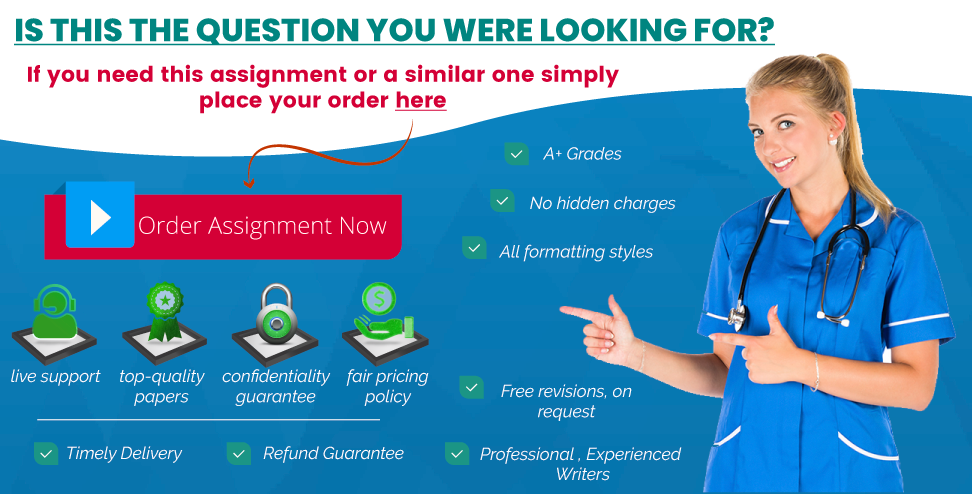Accounting
| Fire Corp is considering the purchase of a new piece of equipment. The equipment costs $50,800, and will have a salvage value of $5,080 after nine years. Using the new piece of equipment will increase Fire’s annual cash flows by $6,080. |
| a. | What is the payback period for the new piece of equipment? (Round your answer to 2 decimal places.) |
| b. | Suppose that the increase in cash flows were $10,080 in the first year, then decreased by $1,000 each year over the life of the equipment. What is the payback period for the equipment? (Round your answer to 2 decimal places.) |
| Dobson Corp is considering the purchase of a new piece of equipment. The cost savings from the equipment would result in an annual increase in net income of $50,000. The equipment will have an initial cost of $516,000 and have an eight year life. There is no salvage value of the equipment. The hurdle rate is 10%. Ignore income taxes. |
| a. | Calculate accounting rate of return. (Round your answer to 2 decimal places.) |
| b. | Calculate payback period. (Round your answer to one decimal place.) |
| Bayshore, Inc., has collected the following cost data for various levels of activity: |
| Month | Clients Served | Total Cost | |
| April | 2,100 | $ | 35,000 |
| May | 1,750 | $ | 31,200 |
| June | 1,100 | $ | 24,000 |
| July | 1,500 | $ | 28,500 |
| Using the high-low method, determine the variable cost per client served and the total fixed cost. (Round your variable cost to 2 decimal places.) |
Variable cost per client
Fixed Cost Per Month
| Chipman Inc. produces water pumps. Overhead costs have been identified as follows: |
| Activity Pool | Cost | |
| Material handling | $ | 74,632.50 |
| Material maintenance | $ | 73,400.00 |
| Setups | $ | 77,128.00 |
| Activity Driver | Activity |
| Number of moves | 465 |
| Number of machine hours | 36,700 |
| Number of production runs | 62 |
| Chipman makes 3 models of pumps with the following details: |
| Economy | Standard | Premium | |
| Units produced | 10,180 | 21,200 |
3,560 |
| Number of moves | 160 | 135 | 170 |
| Machine hours | 9,250 | 20,500 | 6,950 |
| Production runs | 15 | 17 | 30 |
| a. | Calculate the activity rate for each activity. (Round your answers to 2 decimal places.) |
Material Handling
Save your time - order a paper!
Get your paper written from scratch within the tight deadline. Our service is a reliable solution to all your troubles. Place an order on any task and we will take care of it. You won’t have to worry about the quality and deadlines
Order Paper NowMaterial Maintenance
Setups
| b. | Determine the amount of indirect costs assigned to each of the products. (Do not round your intermediate calculations. Round your answers to 2 decimal places.) |
Economy
Standard
Premium
| Chill Out Novelties sells ice cream bars from a kiosk near campus. Fixed costs are $360 per week and the variable cost is $1.00 per ice cream bar. Complete the following table for the levels of ice cream bars sold.(Round your cost per bar answers to 2 decimal places.) |
Number of ice cream bars 460 950 1340
Total fixed cost
Fixed cost per bar
Variable cost per bar
Total variable cost
Total cost
Cost per bar
| Magnolia Company has identified seven activities as part of its manufacturing process and chosen corresponding activity drivers for each activity. The chart below lists the total cost of each activity, the amount of activity driver used for each of Magnolia’s two products, the activity rate, and the activity cost assigned to each product. |
| Fill in the blanks below: |
| Acme Company sold 1,020 units for $118 each. Variable costs were $60 per unit and total fixed expenses were $22,900. |
| Prepare a contribution margin income statement. |
Contribution Margin Income Statement
Cost of Goods Sold Dollar Amount- Fixed Costs |
- Gross Margin /
- Interest Expense
- Net Income After Taxes
- Net Operating Income
- Sales Revenue
- Variable Cost
Contribution Margin
- Cost of Goods Sold
- Fixed Costs
- Gross Margin
- Interest Expense
- Net Income After Taxes
- Net Operating Income
- Sales Revenue
Variable Cost
| Carter, Inc. produces two different products, Product A and Product B. Carter uses a traditional volume-based costing system in which direct labor hours are the allocation base. Carter is considering switching to an ABC system by splitting its manufacturing overhead cost of $1,168,000 across three activities: Design, Production, and Inspection. Under the traditional volume-based costing system, the predetermined overhead rate is $2.92/direct labor hour. Under the ABC system, the rate for each activity and usage of the activity drivers are as follows: |
| Activity Rate |
Usage by Product A |
Usage by Product B | ||
| Design (Engineering Hours) | $ | 800/hour | 150 | 250 |
| Production (Direct Labor Hours) | $ | 1.50/hour | 100,000 | 300,000 |
| Inspection (Batches) | $ | 620/batch | 300 | 100 |
| Required: | |
| a. | Calculate the indirect manufacturing costs assigned to Product A under the traditional costing system. |
Indirect Manufacturing Cost
Calculate the indirect manufacturing costs assigned to Product B under the traditional costing system.
Indirect Manufacturing Cost
Calculate the indirect manufacturing costs assigned to Product A under the ABC system.
Indirect Manufacturing Cost
| Units | |
| July | 6,200 |
| August | 6,800 |
| September | 7,300 |
| October | 8,200 |
| November | 9,000 |
| Gertrude desires an ending finished goods inventory to be equal to 20% of the next month’s sales needs. July 1 inventory is projected to be 1,240 units. Each unit requires 10 pounds of Chemical A and 18 pounds of Chemical B. July 1 materials inventory includes 12,640 pounds of Chemical A and 113,760 pounds of Chemical B. Gertrude desires to maintain a Chemical A inventory equal to 20% of next month’s production needs and a Chemical B inventory equal to 100% of next month’s production needs. |
| a. | Prepare a production budget for Gertrude for as many months as is possible. |
July August September October November
Sales
Ending Inv
Beg Inv
Production
| . | Prepare a raw materials purchases budget for both Chemical A and Chemical B for the months of July through September. |
Chemical A July August September October
Production
Raw Material/unit (pounds)
Chemical A Needs
Ending Inv
Beginning Inv
Purchases of A
Chemical B Chart setup identical to chemical A
"Looking for a Similar Assignment? Order now and Get 10% Discount! Use Code "Newclient"




